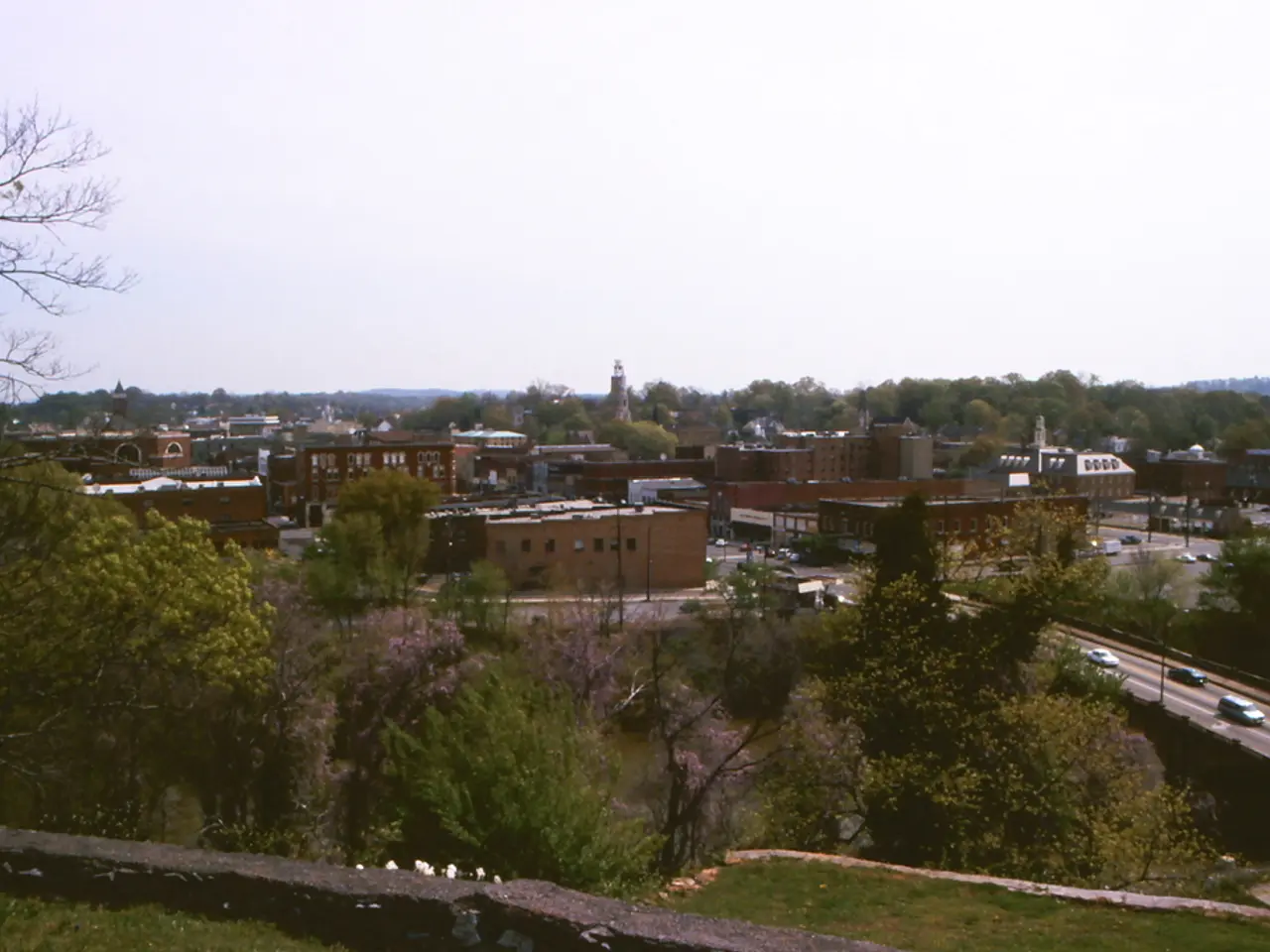Medieval Spanish town forbids automobiles within city limits
Pontevedra, a captivating city nestled in the northwest of Spain, is a must-visit destination for history enthusiasts and casual travellers alike. Its name, derived from Latin, translates to "old bridge," offering a glimpse into its ancient roots.
The city's historical origin can be traced back to Roman times, as archaeological findings reveal the existence of an ancient Roman bridge that predated the medieval period. This bridge, historically known as the Burgo Bridge, was significant enough to give the place its name and control a key north-south coastal access route in Galicia.
The medieval Burgo Bridge, dating from the 12th century, replaced the Roman structure and has since become a symbol of Pontevedra's continued importance throughout history. The city grew around this bridge, with its name literally meaning "old bridge," underscoring its ancient roots.
Pontevedra's rich history is not just confined to its ancient bridge. The city boasts a number of architectural marvels, such as the 16th-century Basílica de Santa María a Maior, which showcases a blend of Gothic and Portuguese architectural elements. The Convento de San Francisco, a 14th-century structure that once housed Franciscan monks, is another testament to Pontevedra's historical significance.
In the late 1990s, Pontevedra underwent a transformation, becoming one of the very few cities worldwide whose city centre is pedestrian-only. The city's mayor, Miguel Anxo Fernández Lores, implemented several changes to promote pedestrian-friendliness, including prohibiting on-street parking, lowering speed limits, replacing traffic lights with roundabouts, and pedestrianising large areas of the historic centre.
Today, Pontevedra offers a great pleasure of just wandering around its quiet streets and squares, enjoying its medieval squares, cobblestoned streets, and open-air cafés. The colourful Mercado Municipal marketplace is a great place to pick up fresh fruit, locally produced cheeses, and wines.
Visitors can also pay a visit to the Ruínas de San Domingos, the remains of a 14th-century Dominican convent, which are now part of the Museo de Pontevedra. This free museum features archaeological exhibits and masterpieces by Pablo Picasso and Salvador Dalí.
Pontevedra is not just a medieval city; it's a region full of hidden gems. With its ancient historic buildings, beaches, and excellent Galician restaurants, Pontevedra is a destination that offers something for everyone. So, whether you're a history buff, a foodie, or simply looking for a unique travel experience, Pontevedra is a city you won't want to miss.
[1] The mythological hero Teucro, who fought in the Trojan War alongside his half-brother Ayanx, is said to have ended up in Cartagena and Pontevedra, where he died allegedly trying to swim to a nymph or siren called Leucoina. However, this story is not directly connected to the city's historical origin.
[2] A statue of Teucro stands in the Plaza de San José in Pontevedra, commemorating the mythological hero's alleged connection to the city. Notable pedestrian-only cities include Venice, Zermatt, Switzerland, Fire Island, New York, and the Isle of Sark in the U.K.'s Channel Islands.
The city's historical importance isn't limited to its ancient bridge; it also includes the mythological hero Teucro, whose statue stands in Plaza de San José, commemorating his alleged connection to Pontevedra. For travel enthusiasts seeking a unique home-and-garden experience, Pontevedra's pedestrian-only city centre, reminiscent of cities such as Venice and Zermatt, offers a captivating home-and-garden lifestyle blend amidst its medieval squares and open-air cafés.




